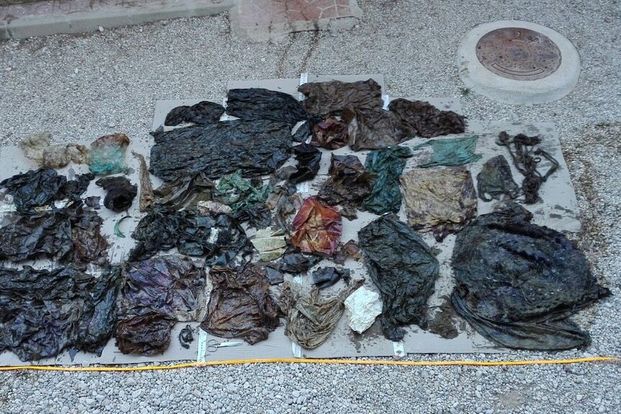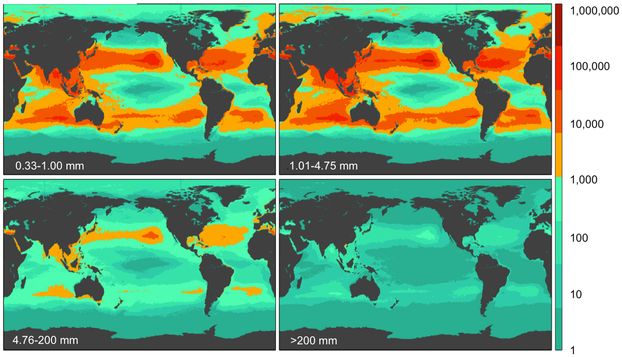We are partially aware that the plastic we use on a daily basis, half of which is single use, has to go somewhere. Similarly, we know a lot ends up in the ocean, but its impacts are, for the most part, out of sight and out of mind. It is important to realise our plastic reliance is wreaking havoc underwater, killing or crippling marine animals. How many marine animals die from plastic each year and what are the main threats?
—
In 2018, a juvenile sperm whale was found dead on a beach in Spain; its digestive tract contained just under 30 kilograms of plastic.

Source: (Twitter: Espacios Naturales Murcia)
The cause of death was inflammation from these many pieces, all coated in various toxins, probably causing huge suffering to the poor animal.
We find about 100,000 marine animals killed by ocean plastic ingestion or entanglement each year, and this is only the tip of the iceberg. There are likely far more lying at the bottom of the ocean, who, once decomposed, will release the plastic for other animals to encounter. Approximately 1 million sea birds also die from plastic annually, and it remains to be seen what the toll is on humans, who ingest approximately 40 pounds during their lifetime.
All of the above is unsurprising once we understand the sheer quantity of plastic in the ocean. About 8 to 10 million tons make their way into the water every year, and we believe there are over 46,000 pieces of plastic in every square mile of ocean. Every single day, 13,000 to 15,000 pieces of plastic are dumped in – it’s unfathomable.

Ocean plastic map by count of pieces. Arrangement goes from left to right, top to bottom, smallest (0.33 – 1.00 mm) to biggest (>200 mm) pieces. Source: Eriksen et al. (2014).
What Kills Marine Animals?
For marine animals that rely on eyesight, ocean plastic might appear worth a nibble, and you can probably picture a ballooning plastic bag looking like a squid. For others, like the whales and dolphins that use echolocation to find their prey, it is probably even more confusing. Their multi-million year old sonar system hasn’t had time to adjust to the century-old concept of plastic, and there’s a chance it never will.
Entanglement
Beyond the many deaths are the many crippled, caught in abandoned “ghost” fishing lines that are either carelessly or intentionally left behind. Common victims are dolphins, sea turtles, sharks, whales and sea lions.
Worse yet, like I, you may have overlooked that marine mammals cannot breathe underwater, and getting ensnared in nets can actually drown them.
What You Can Do
A recent study found that nearly 50% of ocean plastics come from takeout, with a higher proportion in lower-income countries. We have far more agency than we think in stemming the tide of plastic, and it starts with education. We are thankful you’ve read so far and hope you will share this with those around you, but beyond this, talk about where you can. Each incremental step is needed to change the collective conscience.
You might also like: Microplastics in Water: Threats and Solutions










![The Statistics of Biodiversity Loss [2020 WWF Report]](https://u4d2z7k9.rocketcdn.me/wp-content/uploads/2020/12/lprwinkyTHB-544x306.jpg)





